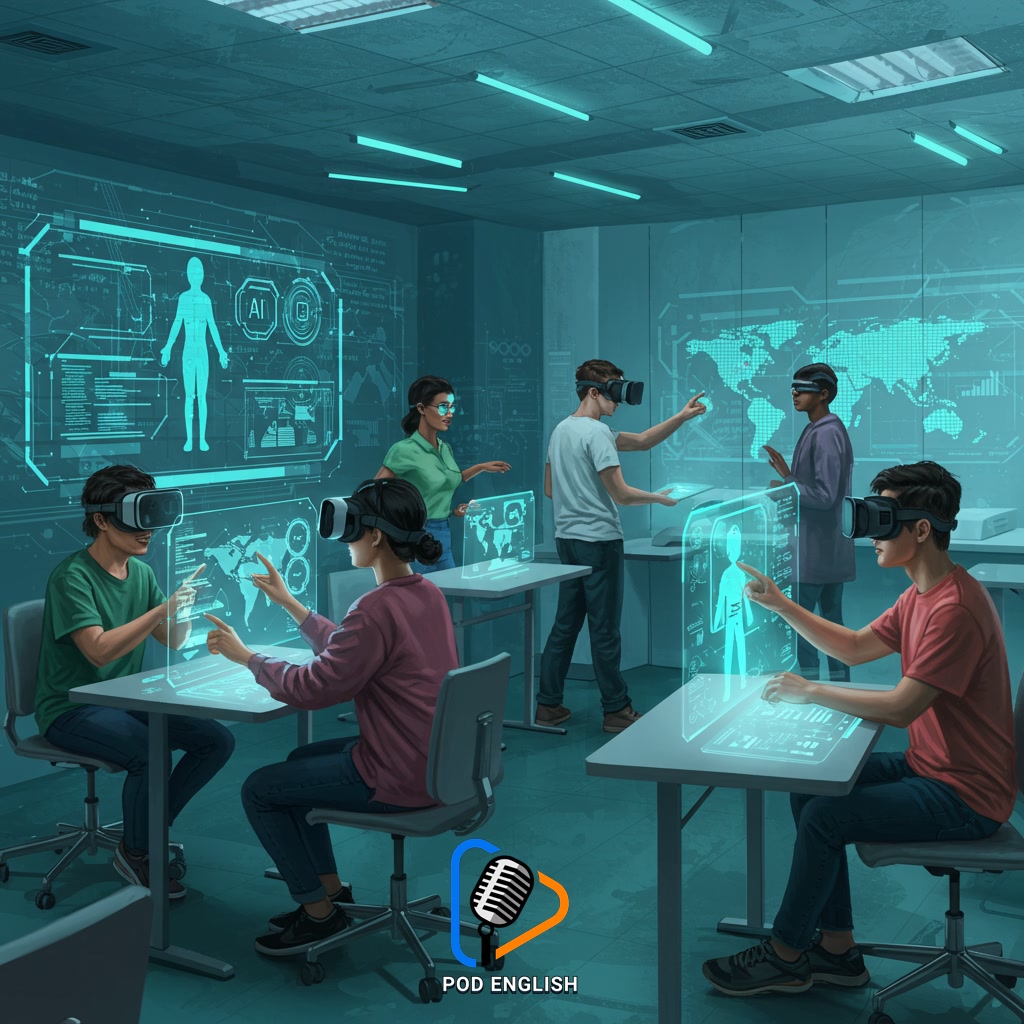Learn English
Unlock English Learning with Modern Technology

Modern technology presents a wealth of opportunities to revolutionize the process of learning English. Leverage innovative digital tools, mobile applications, and online resources to boost vocabulary, sharpen listening and speaking abilities, and refine grammatical understanding. By integrating these technological advancements, individuals can make their path to English proficiency more interactive, tailored, and productive.
Table of Contents
- Section 1: Introduction: The Evolving Landscape of English Learning
- Section 2: Core Digital Tools and Platforms for English Acquisition
- Section 3: Enhancing Specific Skills Through Technology (Listening, Speaking, Reading, Writing)
- Section 4: Personalization and Accessibility in Tech-Driven Learning
- Section 5: Challenges and Best Practices for Using Technology Effectively
- Section 6: The Future of English Learning with Emerging Technologies
Section 1: Introduction: The Evolving Landscape of English Learning
Learning English today is very different from how it was in the past. Traditionally, students relied heavily on textbooks, classrooms, and face-to-face interaction with teachers. While these methods remain valuable, the landscape has significantly evolved. Modern technology has introduced a wealth of new tools and resources, making learning more accessible, flexible, and engaging. This shift means that learners now have unprecedented opportunities to practice, explore, and master the English language beyond the confines of a physical classroom. Understanding this changing environment is the first step to effectively using technology to enhance your English learning journey.
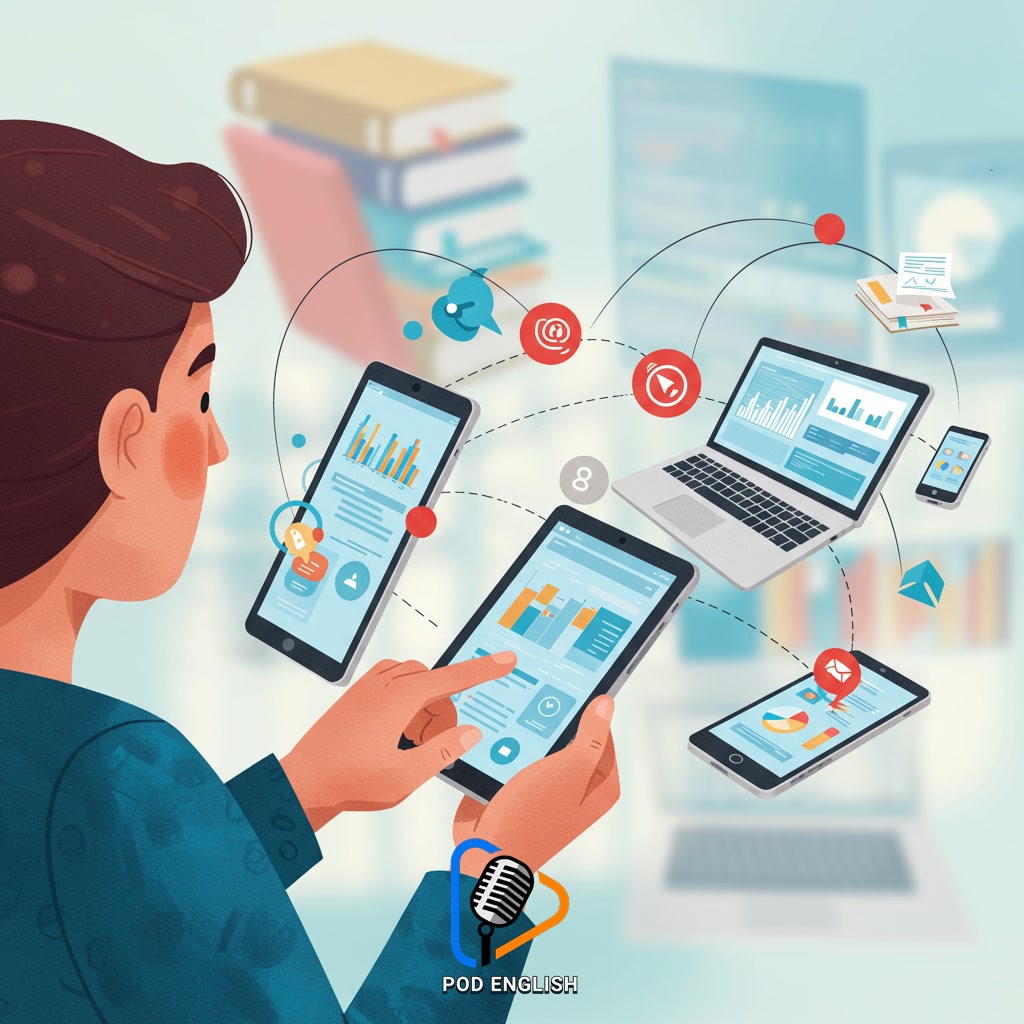
Section 2: Core Digital Tools and Platforms for English Acquisition
Building on the shift from traditional methods, today’s English learners have access to a vast array of core digital tools and platforms that significantly enhance the acquisition process. Language learning apps like Duolingo or Babbel offer gamified lessons for vocabulary and grammar. Online platforms such as Coursera and edX provide structured courses from universities, often with video lectures and interactive exercises. Websites dedicated to English learning, like BBC Learning English or VOA Learning English, offer authentic materials such as news articles and audio programs tailored for learners. Additionally, digital dictionaries, grammar checking tools, and platforms connecting learners with native speakers for practice sessions are indispensable resources. These tools provide flexibility, personalized learning paths, and multimedia content, making English acquisition more accessible and engaging than ever before.
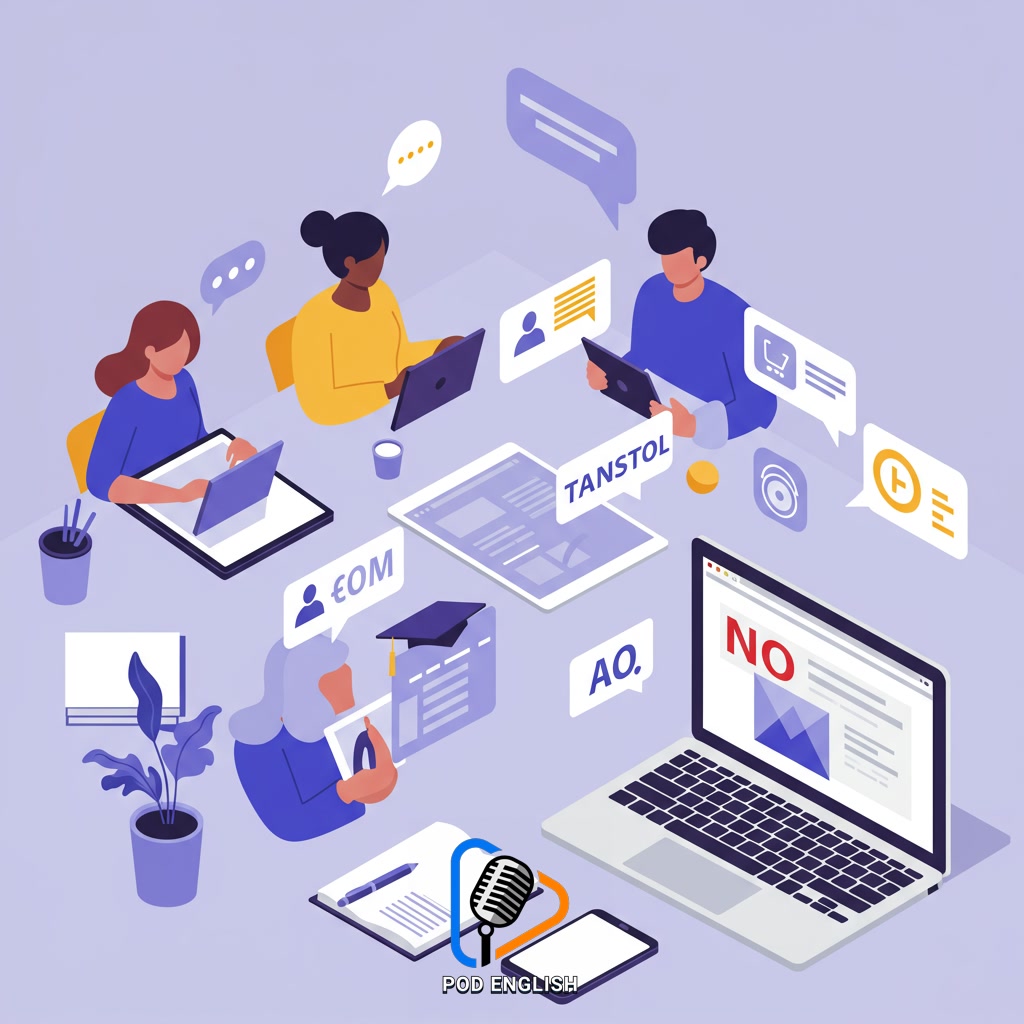
Section 3: Enhancing Specific Skills Through Technology (Listening, Speaking, Reading, Writing)
Building on the foundation of core digital tools, technology offers targeted solutions to refine each specific English skill. For listening, learners can utilize podcasts, audiobooks, and dedicated apps with adjustable speeds and transcripts. Speaking practice is enhanced through language exchange platforms, AI-powered pronunciation checkers, and voice recording features in mobile apps. Reading comprehension benefits from e-readers with built-in dictionaries and access to vast online libraries of articles and graded readers. Finally, writing skills are improved by using grammar and spell-checking tools, online writing platforms offering feedback, and digital journals for consistent practice. Integrating these technological aids allows learners to isolate and strengthen individual areas of proficiency effectively.
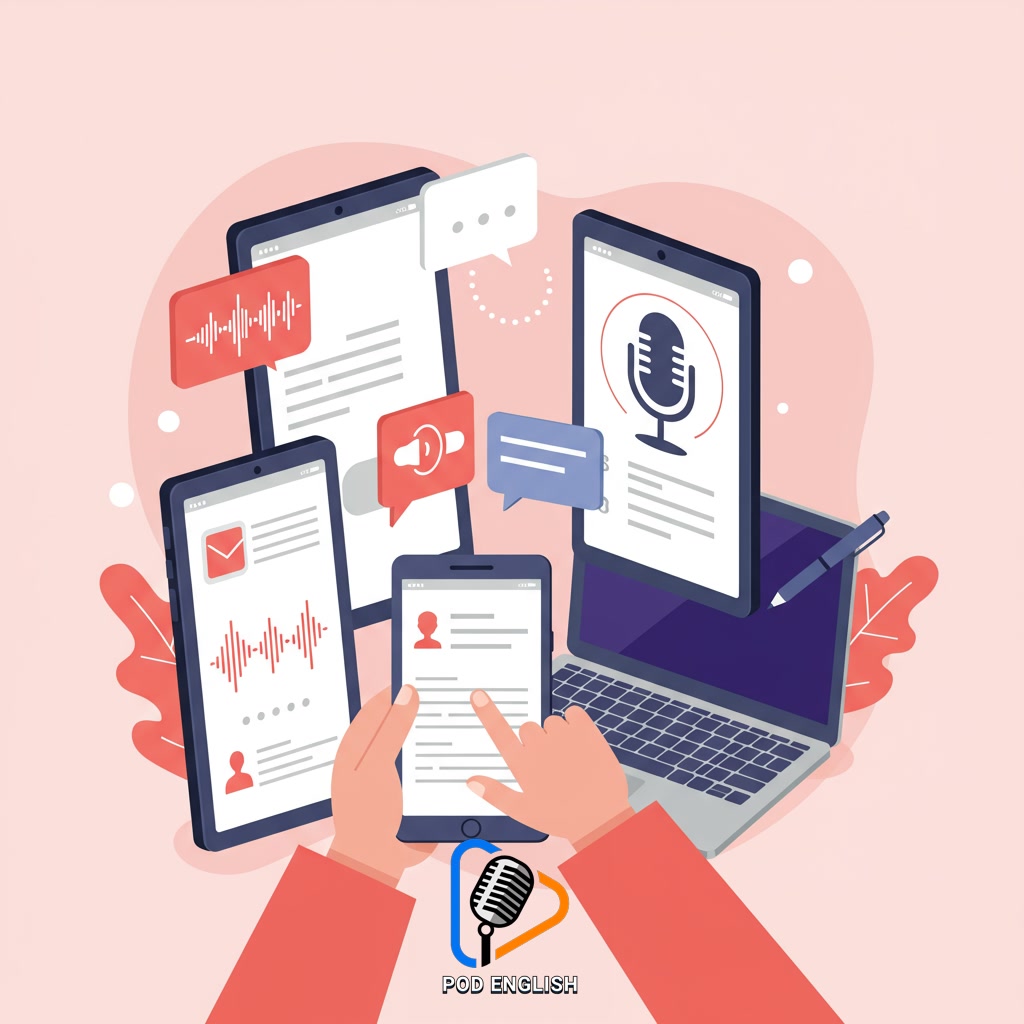
Section 4: Personalization and Accessibility in Tech-Driven Learning
Building on the foundation of specific skill tools, technology profoundly impacts how English learning is delivered by offering unparalleled personalization and accessibility. Adaptive platforms utilize artificial intelligence to tailor lesson plans, exercises, and feedback based on an individual learner’s pace, strengths, and weaknesses, creating a truly customized learning path. This ensures the learning experience is uniquely suited to their needs and learning style. Furthermore, technology breaks down geographical and time barriers, making English education readily accessible. Learners can study anytime, anywhere, using mobile apps or online courses, making quality instruction available globally to diverse individuals regardless of their location or schedule. Diverse formats like interactive videos, gamified exercises, and audio content cater to various learning preferences and abilities, democratizing access to effective English language acquisition.
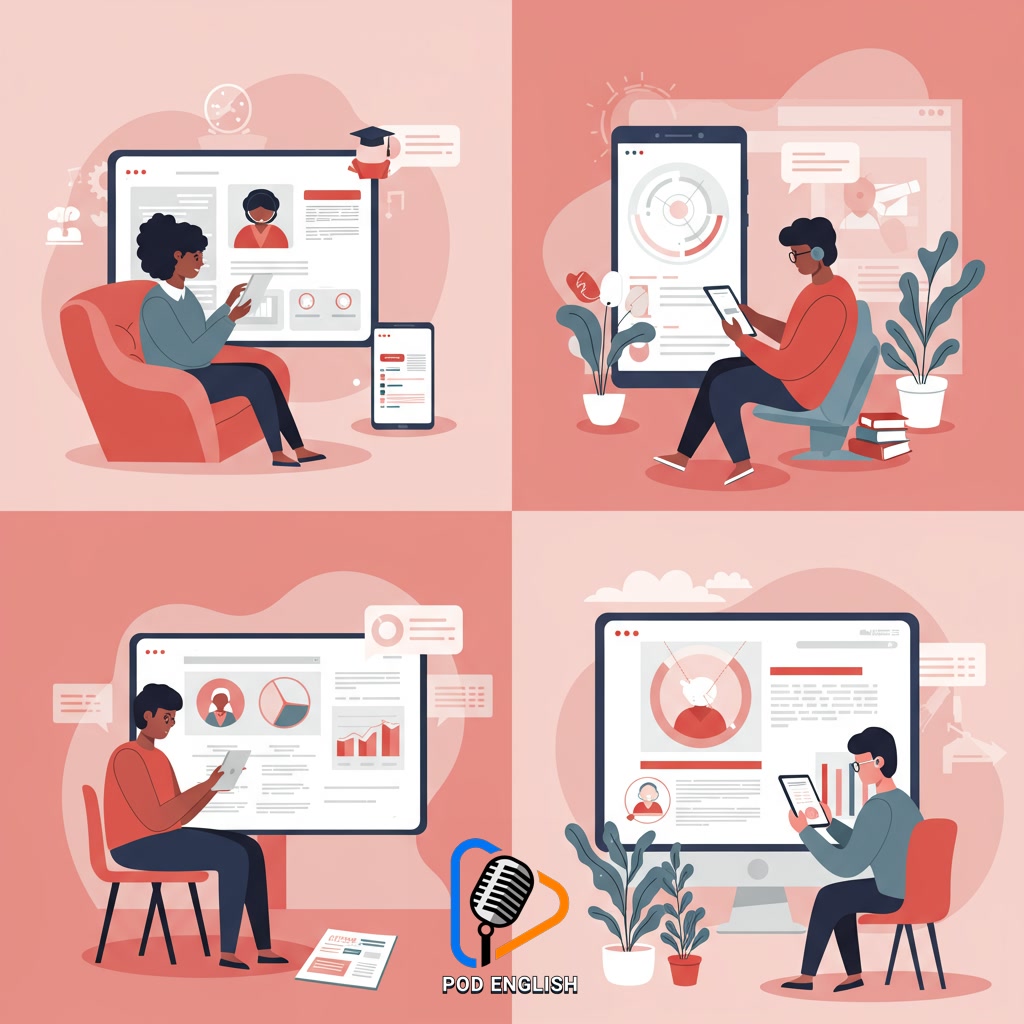
Section 5: Challenges and Best Practices for Using Technology Effectively
While technology offers immense potential for personalized and accessible English learning, its effective use is not without challenges. Learners can face issues like information overload, difficulty discerning credible resources from unreliable ones, and the potential for distraction. Furthermore, relying solely on digital tools might neglect essential human interaction aspects of language acquisition. To navigate these hurdles, best practices include setting clear learning goals before selecting tools, critically evaluating the quality and relevance of online content, balancing screen-based activities with offline practice and interaction, and fostering self-discipline to avoid distractions. By consciously applying these strategies, learners can transform the vast digital landscape into a focused and productive environment for enhancing their English proficiency.

Section 6: The Future of English Learning with Emerging Technologies
Looking ahead, emerging technologies promise to revolutionize English learning even further. Artificial intelligence (AI) is set to power highly personalized tutoring systems that adapt in real-time to individual learner needs, providing instant feedback and tailored exercises. Virtual reality (VR) and augmented reality (AR) will create immersive environments where learners can practice conversations in realistic scenarios, from ordering coffee in London to giving a presentation in New York, without leaving their homes. Gamification elements integrated with sophisticated analytics will make tracking progress more engaging and provide deeper insights into learning patterns. These advancements aim to make the learning process more adaptive, interactive, and effective, overcoming some of the limitations faced today and making fluency more attainable for a global audience.
